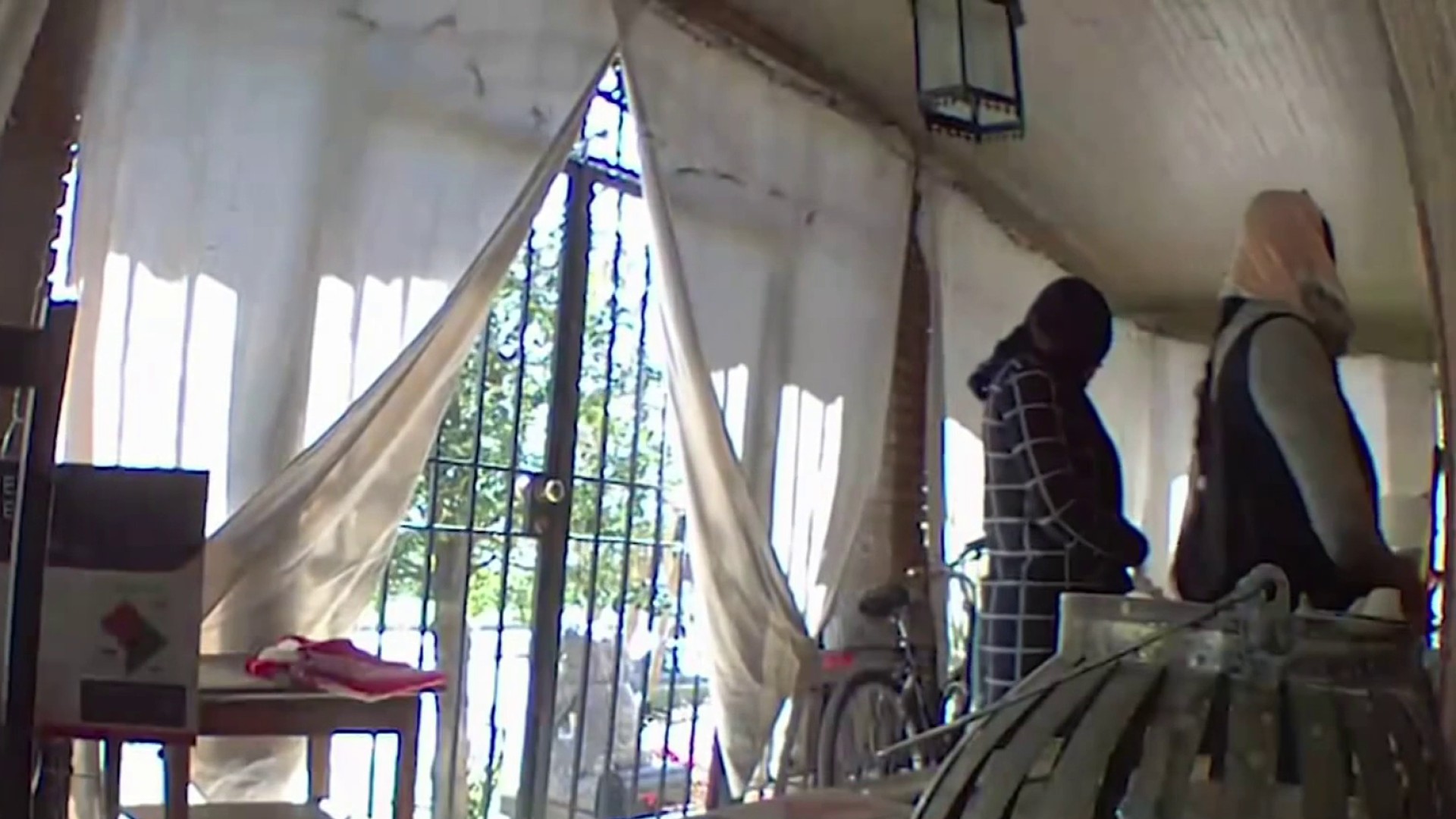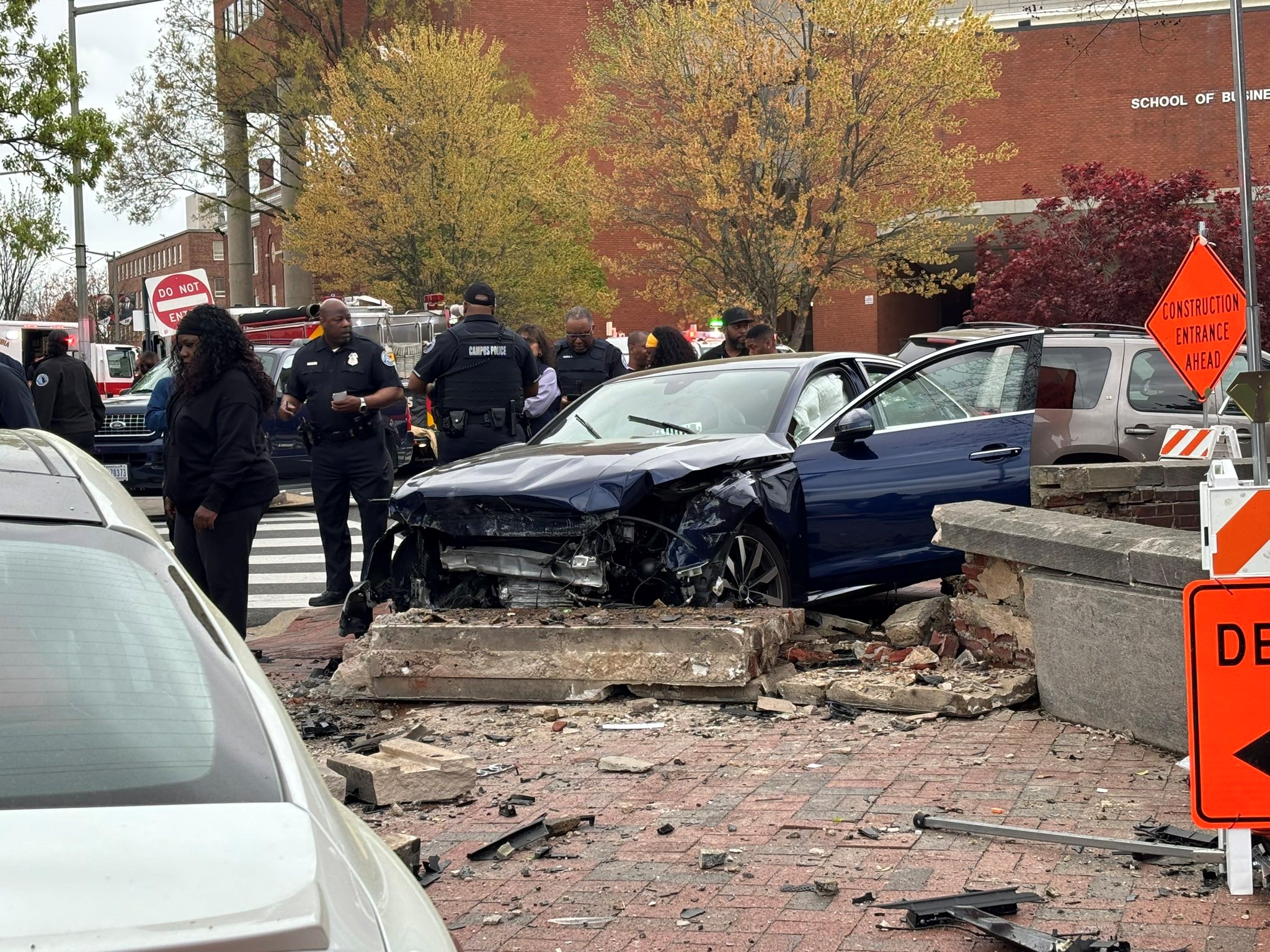Aside from just being creepy and gross, rodents can actually have a serious impact, crumbling sidewalks and damaging infrastructure.
It's no secret rodents are on the rise in the D.C. metro area.
The growing population and warm winters are largely to blame for an estimated 65 percent increase. Rodent reports to 311 are approaching 3,000 so far this year, and that doesn't take into account those who just handle the problem on their own.
[[439779103, C]]
"It's a high yuck factor, so they don't want to call and say I have a pest issue in my own house," said Dr. Bobby Corrigan, one of the nation's leading experts on rats.
Corrigan has a doctorate in rodentology. (Yes, that's a real thing.)
His work has even earned him a spot in the Pest Management Hall of Fame. (Also a real thing.)
Local
Washington, D.C., Maryland and Virginia local news, events and information
[[439749043, C]]
Corrigan actually seeks out the little devils to study their behavior. He consults with cities across the U.S., including Washington, D.C., to help control the rat problem.
"They're very, very destructive animals," Corrigan told the News4 I-Team. "I'm always reminded how the rats are taking apart our cities."
Corrigan said he's seen rats take down sidewalks and damage streets, retaining walls and even sewer systems.
Their burrows are only inches wide but can span the length of a sidewalk or wall, digging out the soil underneath.
"And this will cave in," Corrigan said. "It's a very expensive repair."
An expense not lost on the National Park Service, which already has about $850 million worth of projects that need funding.
"Certainly if you have rats that are making it worse, adding to that tally, that's something we're trying to avoid," said National Park Service spokesman Mike Litterst.
When someone created a Yelp review for the "Dupont Circle Rat Sanctuary" last fall and it popped up on Apple maps, the Park Service took note, spending about $30,000 to ditch the surrounding hedges, relocate trash cans and switch to scented plants with wire mesh buried under the soil.
"It's the old 'ounce of prevention being worth a pound of cure,'" said Litterst.
The number of rat burrows in that park dropped by 80 percent in the first month.
There's also a new contract with the D.C. Department of Health to treat rat problems on national park land.
In fact, when the News4 I-Team spotted holes under the already-worn sidewalks at Rawlins Park, right in the shadow of the National Park Service headquarters, we waited until dusk to ID the culprits. And they weren't shy.
[[439740993, C]]
D.C. crews showed up the very next day to treat the burrows -- hidden among shrubs just like the ones replaced at Dupont Circle.
"If we can up front take measures that are not that expensive and beautify the park at the same time, from a budget standpoint, that's far more preferable than having to come out and repair a sidewalk or do major construction to repair that down the road," said Litterst.
But it isn't just the parks. Bait boxes line sidewalks and alleys across the District.
"They live down in here," one worker told the I-Team, pointing to large cracks behind his workplace on G Street. "Dozens and dozens and dozens of them. They're big."
Behind tall office buildings, and even in broad daylight, the telltale signs of cracked sidewalks with holes at either end can mean real trouble.
[[439734993, C]]
Workers at the D.C. Humane Rescue Alliance on New York Avenue NE were so concerned with the rat problem there, they recorded several videos and contacted the News4 I-Team to investigate after one worker was bitten by a rat.
[[439759533, C]]
The videos show several rats at a time, swarming all over the shelter, in the animals’ cages, from floor to ceiling.
"These are large,” said Corrigan while watching the videos. “I call those breeding adults."
He said the group of rats is likely part of one rat family, which can have up to 15 members.
"When people see rats, the first question everyone should ask is what are these rats eating," said Corrigan, adding that rats are attracted to three things: Food, water and shelter, making animal shelters a prime target.
There's often ample food and water left out for the dogs and cats awaiting adoption.
"It's a very unique environment," said Corrigan. "Rats, mice, cockroaches will smell all that food. Once an animal shelter goes up, it's very difficult to keep the vermin out. It has to be constant vigilance."
That's something Humane Rescue Alliance spokesman David Smith knows.
"They're tenacious, and so are we," said Smith. "We plug a hole and they find a new one or they make a new one. It's a challenge."
He told the I-Team rodents have been a problem inside the old building for years and this isn't even the worst they've seen.
"We had to remove all of these ceilings so the rats couldn't get above the ceilings. They used to hear pitter-patter, pitter-patter all the time," said Smith.
Now, the non-profit has pest control coming twice a week to set traps, and workers are covering food bins and keeping the shelter as clean as possible until they eventually move to a new location along the Southeast waterfront.
"The building is kept safe for the public, safe for our employees. We're very vigilant," said Smith, adding that the employee who was bitten didn't even require an official report.
"He was nicked, but it was not major, didn't require medical attention," said Smith.
The rodentologist said rats don't carry rabies, but they can be highly destructive and especially hard to fight.
Corrigan told the I-Team he's impressed with Washington, D.C.'s efforts to combat the problem citywide. He even taught a rat academy here for pest control workers.
"They have scientific analysts right now analyzing all kinds of data, trying to figure out how are we going to model the rat populations and how do we intervene," said Corrigan.
Especially when human behavior is usually to blame.
Open trash cans and litter are a huge culprit, along with food left out for pets or stray animals, even bird feeders can attract rodents.
And he said spot treating the burrows just chases them from neighborhood to neighborhood; he says rats require a holistic approach.
"You have to look at the big picture, not run out and put some bait down a hole and call it a day," Corrigan said.
The I-Team reached out to several D.C. government offices and found while there are ongoing sidewalk and infrastructure repairs, no one tracks what caused the problem in the first place, so there's no way to tell how much the damage from rats is costing taxpayers.
Reported by Jodie Fleischer, produced by Rick Yarborough, shot by Jeff Piper and Steve Jones, and edited by Jeff Piper.



